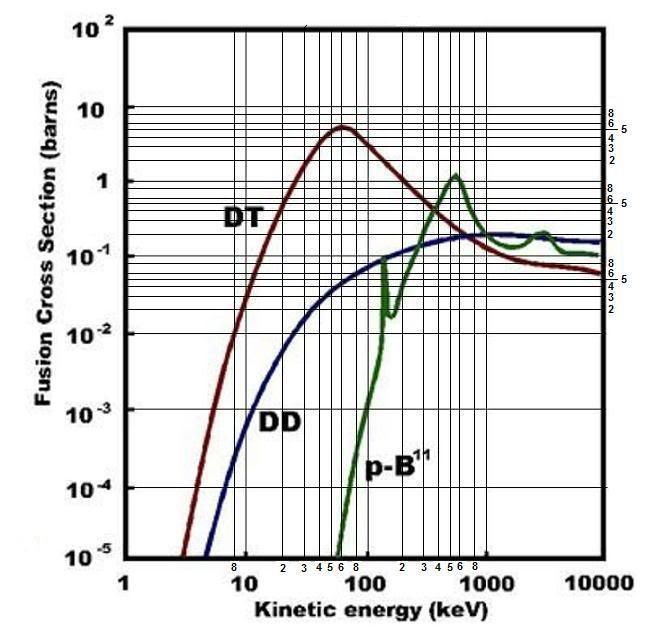Last August, as Bussard was losing his battle with cancer, the funds were restored with the support of Alan Roberts, EMC2's longtime Navy contract monitor. The company now has $1.8 million to pursue his work. If it is successful verifying the 2005 results, it would seek funding for a full-scale model, big enough to make net power, Nebel said. Bussard has estimated that such a demonstration model would cost about $200 million to build.That is one of the reasons I support this research. Civilization depends on it.
"Unless somebody can repeat and show other people that it's operating, it's really not scientifically acceptable," Hirsch said. But "if the idea works the way he thinks it could, and there's a good chance he's right, it will not take very big machine to show net energy."
The latest device, WB-7 (the WB refers to the children's toy Wiffle Ball), is currently under construction at a machine shop in San Diego and will be shipped to Santa Fe, where a small group of scientists is setting up a testing facility in an office park off Rufina Street. The device, like previous ones, was designed by engineer Mike Skillercorn.
"These are garage-scale experiments," said Nebel, pointing to the stock tank purchased at a local feed store. "We shop at interesting places," he added, mentioning both Home Depot and the Black Hole in Los Alamos.
Although Europeans are building a huge device to demonstrate the scientific and technical feasibility of fusion power, the U.S. has spent relatively little — about $300 million a year — on fusion research. Much of that has been focused on a competing idea called Tokamak, a program that Bussard and Hirsch started at the Atomic Energy Commission in the 1970s, which uses deuterium and tritium as fuel. Later both determined that the concept, which produces a lot of radioactivity, was impractical from an engineering standpoint.
With his own device, Hirsch said, Bussard was "swimming upstream as far as fusion community was concerned." Still, he was able to get about $14 million in funding from the Navy for his work.
Bussard felt enormous pressure to solve the fusion problems. In a letter to an Internet forum on his 2005 results, Bussard wrote that he believed that "the survival of our high-tech civilizations depends on getting off of fossil fuels ASAP, and — if we do not — we will descend into a growing series of 'oil wars' and energy confrontations that can lead only to a huge cataclysm. Which CAN be circumvented if only we build the clean fusion machines in our time."
Nearly a year after shutting down the lab, Bussard presented his work — for the first time in more than a decade — to the International Astronautical Congress. He later discussed his results with Google, the online search engine company in a talk titled, "Should Google Go Nuclear?" that is widely available on the Internet. Before his death, he also set up a nonprofit organization to solicit donations to restart the work. Information is at www.EMC2Fusion.org.Park and Nebel [pdf] are the researchers who discovered the POPS effect which was corroborated in part by computer simulations done at MIT by McGuire[pdf] and Dietrich[pdf].
Bussard's wife, Dolly Gray, who co-founded EMC2 with him in 1985 and served as its president and CEO, has helped assemble the small team of scientists in Santa Fe. Besides Nebel, 54, the group includes Jaeyoung Park, a 37-year-old physicist who is also on leave from LANL; Mike Wray, the physicist who ran the key 2005 tests, and Wray's brother, Kevin, who is the computer guru for the operation.
"If this works, it's going to be a big deal. It could take the entire energy market," Nebel said. "And drag the oil companies into the 21st century," Gray added.
Someday, they said, if they're right, a machine just 20 times bigger than the one sitting in the corner on Parkway Drive could run the city of Santa Fe.
I estimate we will see the results of these experiments some time between March and May of the coming year. I have my fingers crossed.
The New Mexican article has a great review of Dr. Bussard's life. You should go and read the whole thing.
Here is a tribute I wrote to Dr. Bussard. It has lots of links to the science of the Bussard reactor.





